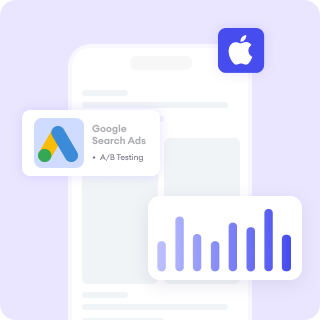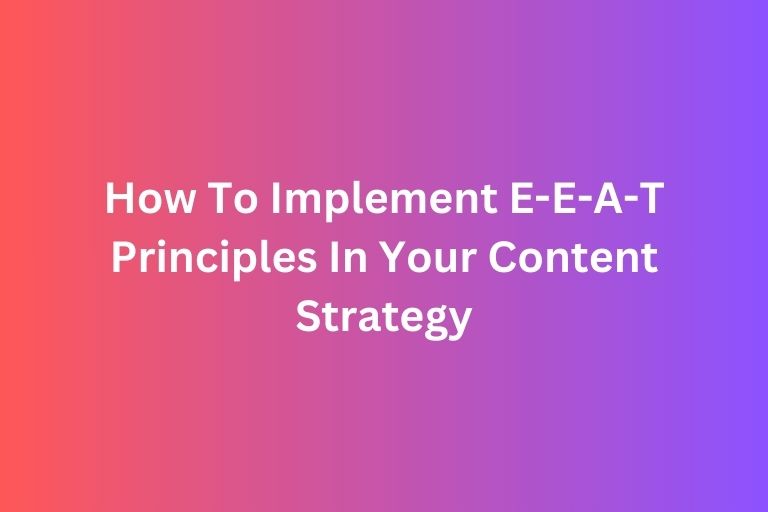Google’s Core Web Vitals continue to be a critical factor for ranking success in 2025. As we move through 2025, website owners must prioritize performance metrics to ensure mobile users receive a fast, seamless experience. With mobile-first indexing dominating search algorithms, optimizing for Core Web Vitals is not just beneficial; it’s essential.
In this guide, we’ll cover how to optimize for Core Web Vitals to improve your mobile first indexing and increase the visibility of your site.
Continue reading:
1. 6 Codes That Need to Be Minimize When Doing SEO
2. How To Check If Your Website Is Responsive and SEO-Friendly Across Devices
3. 4 Reasons To Optimize Your Site Speed
What Are Core Web Vitals?
Core Web Vitals are a set of performance metrics that measure real-world user experience. These metrics help Google determine how fast, responsive, and visually stable a webpage is. The three primary metrics in 2025 are:
1. Largest Contentful Paint (LCP)
LCP measures loading performance by tracking how quickly the largest visible content element appears on the screen. Ideally, this should happen within 2.5 seconds to provide a smooth experience.
2. Interaction to Next Paint (INP)
Replacing First Input Delay (FID), INP evaluates a page’s overall responsiveness. It measures the longest interaction delay experienced by users and should be kept under 200 milliseconds for a responsive experience.
3. Cumulative Layout Shift (CLS)
CLS tracks unexpected visual shifts on a page. If elements like buttons or text jump around while loading, users may get frustrated. A good CLS score should be less than 0.1.
Why Core Web Vitals Matter for Mobile SEO
With mobile traffic making up over 60% of global web usage, Google prioritizes mobile-friendly experiences in its ranking algorithm. A slow, unresponsive site leads to higher bounce rates and lower conversions. Sites that excel in Core Web Vitals enjoy higher rankings, increased engagement, and better user retention. Google rewards websites that load quickly, respond seamlessly, and maintain visual stability.
Speed Hacks for Mobile Ranking Success
To ensure your website performs optimally, implement these proven strategies:
1. Optimize Images and Media
One of the most effective ways to speed up a site is by optimizing images and media. Large, uncompressed images slow down page load times, especially on mobile devices. Using modern image formats like WebP and implementing responsive images ensures that users only download the necessary image size for their device. Additionally, compressing images using tools like TinyPNG or ImageOptim helps reduce file sizes without sacrificing quality.
2. Enable Browser Caching
Caching is another essential optimization. By enabling browser caching, websites can store frequently accessed files on users’ devices, reducing the need to download them repeatedly. This significantly improves loading times for returning visitors. Similarly, using a Content Delivery Network (CDN) can enhance performance by distributing website content across multiple global servers, ensuring faster access regardless of a user’s location.
3. Minimize JavaScript and CSS
JavaScript and CSS can also impact performance. Large, unoptimized scripts slow down interactivity, leading to poor INP scores. Minimizing JavaScript and CSS, deferring non-essential scripts, and using asynchronous loading can prevent render-blocking and improve responsiveness. Tools like PurifyCSS or UnCSS can help eliminate unused styles, further reducing load times.
4. Implement Lazy Loading
Lazy loading is another powerful technique for mobile optimization. Instead of loading all images and videos at once, lazy loading ensures that media files only load when they appear in the viewport. This saves bandwidth and improves initial page load speeds, creating a better experience for users. Make sure to use the loading="lazy" attribute for images and iframes.
5. Optimize Server Response Times
The choice of web hosting plays a crucial role in performance. Opting for a fast, optimized server with low response times can significantly enhance LCP scores. Poor server performance can cause slow load times, even if a website is well-optimized. Investing in a premium hosting solution and optimizing database queries can help reduce latency.
6. Ensure Mobile-Friendly Design
A mobile-friendly design is essential for both SEO and user experience. Ensuring that a website is fully responsive allows it to adapt seamlessly to different screen sizes and orientations. Touch-friendly navigation, properly sized buttons, and an intuitive layout contribute to a smooth browsing experience. Google’s Mobile-Friendly Test can help identify and resolve any usability issues.
7. Monitor and Test Performance Regularly
Regular performance testing is key to maintaining optimal Core Web Vitals scores. Using tools like Google PageSpeed Insights and Lighthouse allows webmasters to analyze their site’s performance and identify areas for improvement. Consistently monitoring these metrics ensures that any issues affecting speed, responsiveness, or stability are addressed promptly.
Final Thoughts
As Google refines its ranking algorithms in 2025, Core Web Vitals will remain a key determinant of SEO success. Websites that prioritize speed, responsiveness, and visual stability will see better rankings, more engaged users, and higher conversions. By implementing these speed hacks, you can ensure your mobile site stays ahead in search rankings and provides an exceptional user experience.
Improve your website performance with FoxAdvert!
If you are looking forward on how to improve your website and ads performance, our professional team of SEO and Digital Marketing experts at FoxAdvert can help you. Contact us today to start your journey 😊











